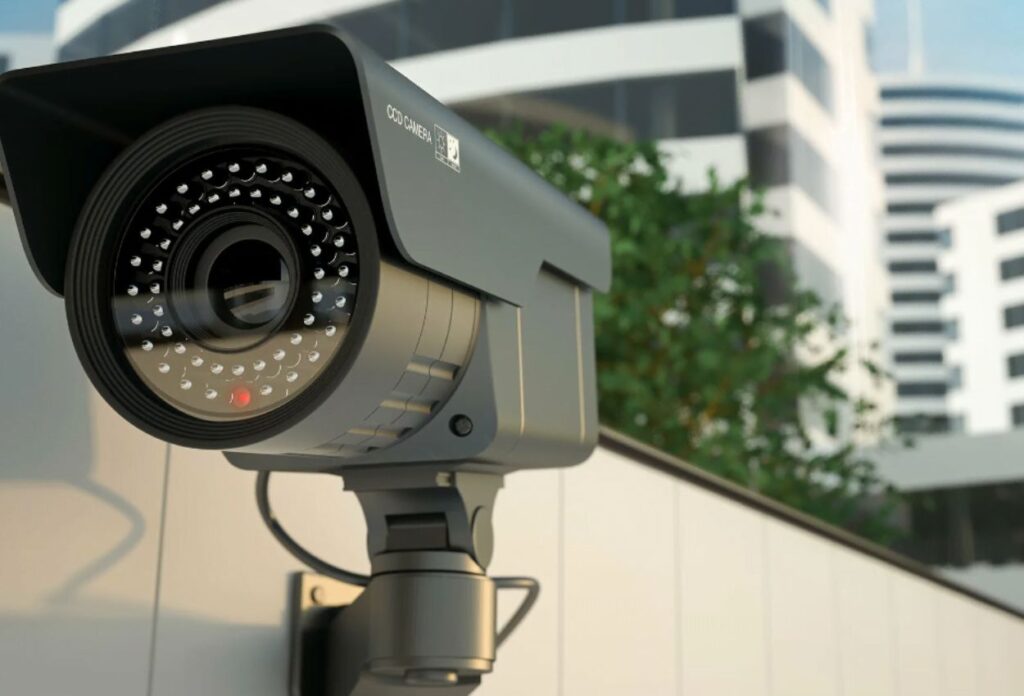I. Introduction

A. Importance of security cameras for surveillance and safety
Security cameras play a crucial role in ensuring safety and security in various settings, including residential areas, businesses, and public spaces. They act as a deterrent to criminal activities, provide evidence in the event of incidents, and help monitor and manage crowds. However, the retention period for security camera footage is an important consideration to balance the need for surveillance with privacy concerns.
B. Overview of the retention period for security camera footage
The retention period refers to the length of time that security camera footage is stored before it is deleted or overwritten. Determining the appropriate retention period involves considering factors such as applicable laws and regulations, the purpose of surveillance, and the context in which the cameras are used.
II. Factors Affecting Retention Periods
A. Applicable laws and regulations
- National and local laws governing video surveillance
Different countries and regions have their own laws and regulations governing video surveillance. These laws often dictate the permissible uses of security cameras, requirements for obtaining consent, and guidelines for retention periods. Organizations must be aware of these laws and comply with them when setting retention periods.
- Data protection and privacy regulations
In addition to video surveillance laws, data protection and privacy regulations play a significant role in determining retention periods. These regulations, such as the GDPR in the European Union, mandate that organizations only retain personal data for as long as necessary and ensure the security of the data.
B. Purpose of the surveillance
- Diverse purposes such as crime prevention, evidence collection, or monitoring
Security camera systems serve various purposes. In some cases, they are primarily used for crime prevention and deterrence, while in others, their main purpose is to collect evidence in the event of incidents. The purpose of surveillance influences the retention period requirements as different situations may require footage to be kept for longer periods.
- Surveillance objectives influencing retention period requirements
The objectives of surveillance, such as reducing theft, ensuring employee safety, or monitoring operations, also affect retention period requirements. For example, if the purpose is to monitor daily operations or employee productivity, the retention period may be shorter compared to situations where the primary objective is to investigate criminal activities.
III. Retention Periods in Different Contexts
A. Residential and home security systems
- Common retention periods for residential security camera footage
In residential settings, the retention period for security camera footage varies depending on the specific needs and preferences of homeowners. Common retention periods range from a few days to a few weeks.
- Factors influencing retention periods in residential settings
Factors such as the level of crime in the area, the presence of vulnerable individuals (e.g., children or elderly family members), and personal privacy concerns influence the retention periods for residential security camera footage. Homeowners may choose longer retention periods for added security or shorter durations to prioritize privacy.
B. Commercial and business security systems

- Typical retention periods for business security footage
Businesses typically have longer retention periods for security camera footage compared to residential settings. Common retention periods for business security footage range from 30 to 90 days, although some industries may require longer periods.
- Industry-specific requirements and considerations
Certain industries, such as healthcare or financial services, have specific regulatory requirements that dictate longer retention periods for security camera footage. Additionally, businesses may have their own policies to comply with insurance requirements, mitigate liability risks, or satisfy auditing standards.
C. Government and public surveillance systems
- Retention periods for public surveillance footage
Public surveillance systems, operated by government agencies or law enforcement, often have longer retention periods due to their investigative and crime prevention purposes. Retention periods for public surveillance footage can range from several weeks to months or even years.
- Balancing public safety with privacy concerns
Government and public surveillance systems must carefully balance the need for public safety with privacy concerns. Longer retention periods may be necessary for ongoing investigations or potential future evidence, but safeguards must be in place to protect the privacy of individuals captured in the footage.
IV. Best Practices for Retention Periods

A. Assessing individual needs and circumstances
In order to determine the appropriate retention periods for data, it is important to assess the individual needs and circumstances of the organization. This involves considering various factors such as the security objectives and risks associated with the data, as well as compliance with applicable laws and regulations.
- Considering the security objectives and risks
When determining retention periods, organizations should consider their security objectives and the risks associated with the data they hold. This involves understanding the sensitivity and criticality of the information, as well as any potential threats or vulnerabilities that could compromise its security.
For example, personal data such as customer names, addresses, and financial information may carry a higher risk of unauthorized access or identity theft. In such cases, organizations may need to implement stricter retention periods and security measures to mitigate these risks.
- Compliance with applicable laws and regulations
Another important factor in setting retention periods is ensuring compliance with applicable laws and regulations. Different jurisdictions have different requirements for data retention, and organizations must ensure that they adhere to these guidelines.
For example, the General Data Protection Regulation (GDPR) in the European Union mandates specific retention periods for personal data based on the purpose for which it is collected. Organizations that process personal data must therefore ensure that they retain the data for the required period and delete it thereafter.
B. Implementing storage solutions
Once the appropriate retention periods have been determined, organizations need to implement storage solutions that can effectively manage and secure the data throughout its lifecycle. This involves choosing appropriate storage technology and capacity, as well as ensuring secure access and protection against data loss.
- Choosing appropriate storage technology and capacity
Organizations should select storage technology and capacity that align with their retention requirements. This might involve utilizing on-premises servers, cloud storage, or a combination of both, depending on factors such as data volume, accessibility needs, and budget constraints.
Additionally, organizations should consider the scalability of their storage solutions to accommodate future growth and changes in retention requirements. This may involve investing in storage systems with expandable capacity or adopting cloud-based storage platforms that offer flexible storage options.
- Ensuring secure access and protection against data loss
Data security is a crucial aspect of retention management. Organizations should implement robust access controls to ensure that only authorized personnel can access sensitive data. This may involve utilizing strong authentication mechanisms, role-based access controls, and encryption technologies.
Furthermore, organizations should implement backup and disaster recovery measures to protect against data loss or corruption. This may include regular backups to off-site locations, real-time replication of data, and redundancy measures to ensure business continuity in the event of a storage failure or data breach.
V. Legal Guidelines and Compliance

A. Retention requirements under data protection laws
Data protection laws, such as the GDPR, impose specific retention requirements for personal data. Organizations must understand these requirements and ensure compliance in order to avoid legal repercussions.
Under the GDPR, personal data should be kept in a form that allows identification of data subjects for no longer than is necessary for the specific purpose for which the data was collected. Organizations must also provide clear retention policies and timelines to data subjects.
B. Data access and subject rights
In addition to retention requirements, organizations must also comply with data access and subject rights established by data protection laws. These rights include the right for individuals to access their personal data, request its correction or erasure, and object to its processing.
Organizations must implement processes to respond to these requests in a timely manner and ensure that individuals can exercise their rights effectively. This may involve establishing procedures for verifying the identity of data subjects and keeping records of requests and actions taken.
In conclusion, setting appropriate retention periods for data involves assessing individual needs and circumstances, considering security objectives and risks, and ensuring compliance with relevant laws and regulations. Implementing storage solutions that align with retention requirements and provide secure access and data protection is essential. Organizations must also be aware of legal guidelines and compliance obligations, including retention requirements under data protection laws and data access and subject rights. By following these best practices, organizations can effectively manage data retention and minimize legal and security risks.



